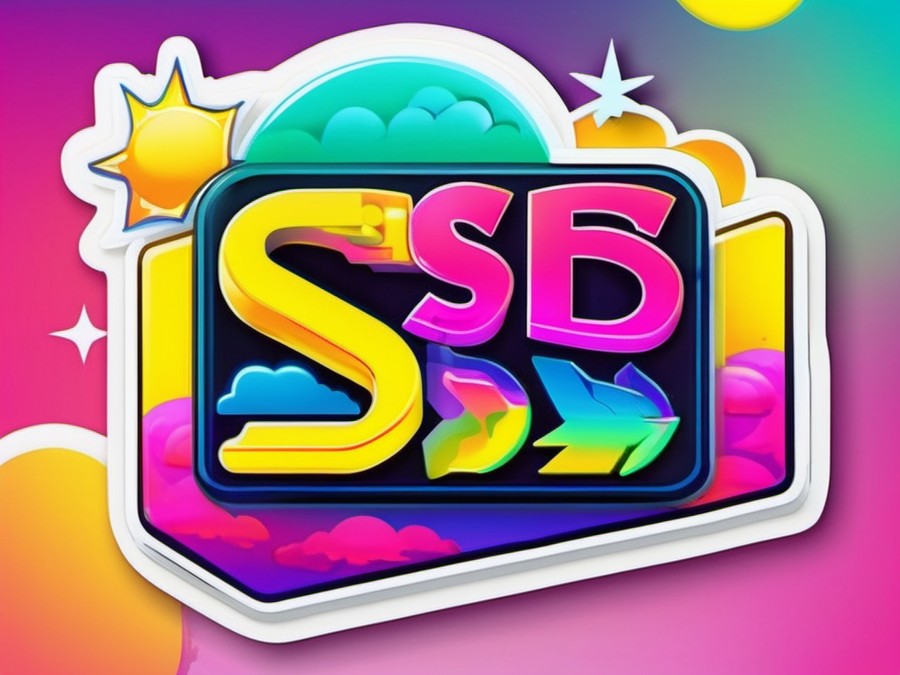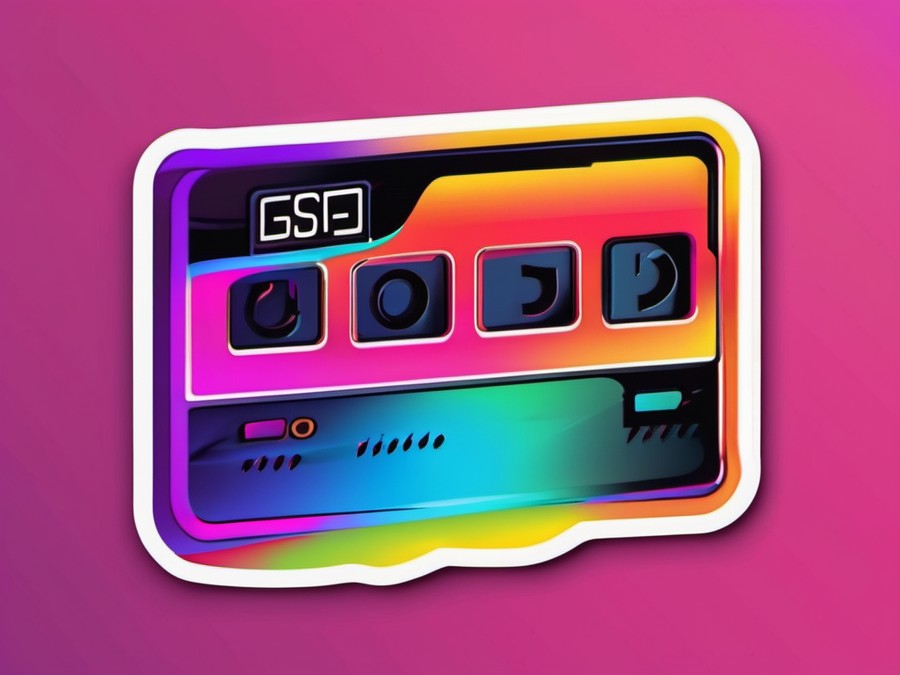· Charlotte Will · Internal Solid State Drives · 7 min read
What is TLC, MLC, and SLC NAND Flash in SSDs?
Discover the differences between SLC, MLC, and TLC NAND flash memory used in SSDs. Understand the advantages and disadvantages of each type to make an informed purchase decision for your storage needs.

Understanding the Basics: What are SSDs and NAND Flash?
If you’re in the market for an SSD (Solid State Drive), one of the first terms you’ll come across is NAND flash memory. But what exactly is it, and how does it relate to TLC, MLC, and SLC? Let’s dive into the basics.
SSD technology has revolutionized data storage, offering faster speeds and greater reliability compared to traditional HDDs (Hard Disk Drives). The heart of an SSD lies in its NAND flash memory, a type of non-volatile storage that retains data even when power is not supplied. This makes NAND flash ideal for devices like USB drives, SD cards, and of course, SSDs.
Now, let’s explore the different types of NAND flash memory used in SSDs: TLC, MLC, and SLC.
Single-Level Cell (SLC) NAND Flash
SLC is the granddaddy of NAND flash memory. It stores one bit per cell, offering superior performance and endurance compared to other types. However, it comes at a premium price, making it less common in consumer-grade SSDs.
Advantages of SLC NAND Flash
- Speed and Performance: SLC offers the fastest read and write speeds, making it perfect for applications that require swift data access.
- Endurance: Capable of withstanding more program-erase cycles before failure, SLC is ideal for environments where data integrity is paramount.
- Data Integrity: Its high performance and reliability make it a top choice for enterprise storage and industrial systems.
Disadvantages of SLC NAND Flash
- Cost: Significantly more expensive due to its high performance and reliability, SLC is often reserved for enterprise-grade applications.
- Capacity: Lower storage density compared to other types, as each cell can only hold one bit.
To get a better understanding of how SLC fares in real-world applications, check out this article on What is the fastest USB 3.0 flash drive?.
Multi-Level Cell (MLC) NAND Flash
MLC strikes a balance between performance and cost. It stores two bits per cell, providing a middle ground for those who need a balance of speed and affordability. It’s widely used in consumer SSDs due to its reasonable price point and satisfactory performance.
Advantages of MLC NAND Flash
- Cost: More affordable than SLC, making it a popular choice for consumer storage solutions.
- Performance: Offers good read and write speeds, suitable for most everyday computing tasks.
- Endurance: While not as durable as SLC, MLC can still handle a significant number of program-erase cycles before failing.
Disadvantages of MLC NAND Flash
- Performance: Slower than SLC but faster than TLC.
- Endurance: Lower endurance compared to SLC, making it less suitable for high-write workloads.
For more information on the balance between performance and cost, explore this article on What is a high-speed sync shoe mount flash and when to use it?.
Triple-Level Cell (TLC) NAND Flash
TLC is the most common type of NAND flash memory used in modern SSDs. It stores three bits per cell, providing the highest storage density and lowest cost-per-bit ratio. This makes it ideal for budget-conscious consumers who want the most bang for their buck.
Advantages of TLC NAND Flash
- Cost: The most affordable type, making it the go-to choice for budget-conscious consumers.
- Capacity: Higher storage density allows for larger SSD capacities at a lower price.
- Performance: Sufficient for most typical computing tasks, though not as fast as SLC or MLC.
Disadvantages of TLC NAND Flash
- Performance: Slower read and write speeds compared to SLC and MLC.
- Endurance: Lower endurance, making it less suitable for high-write workloads and more prone to wear over time.
To understand how TLC fits into the broader context of SSDs, read this article on What is the NVMe Standard for Internal SSDs?.
Which Type is Right for You?
Choosing between SLC, MLC, and TLC depends on your specific needs and budget. Let’s break it down:
High-Performance Needs
If you require the fastest speeds and highest reliability, SLC is your best bet. However, prepare for a higher price tag.
Balanced Performance and Cost
For most consumers, MLC offers a good balance of speed, endurance, and cost. It’s suitable for general computing tasks, gaming, and everyday use.
Maximum Storage at Minimal Cost
If you’re on a tight budget or need the most storage for your money, TLC is the way to go. Just be prepared for slightly slower speeds and lower endurance.
Real-World Applications
Understanding where each type of NAND flash excels helps in making an informed decision.
Enterprise Storage
SLC is often used in enterprise settings due to its superior performance and reliability. It’s crucial for data centers, financial institutions, and other environments where data integrity is paramount.
Consumer Electronics
MLC and TLC are prevalent in consumer SSDs. MLC is common in mid-range SSDs, offering a good balance of performance and cost. TLC dominates the budget segment, providing high capacity at an affordable price.
Factors Affecting Performance: Controller and Firmware
While the type of NAND flash is crucial, the SSD controller and firmware also play a significant role in performance.
Controller
The SSD controller manages data flow between the interface (e.g., SATA, NVMe) and the NAND flash memory. A high-quality controller can enhance performance and reliability, making even budget SSDs perform better.
Firmware
The firmware is responsible for managing operations like wear leveling, error correction, and garbage collection. Efficient firmware can optimize the performance of even budget TLC SSDs, ensuring they last longer and perform more reliably.
For a deeper dive into how controllers and firmware impact SSD performance, check out this article on What are the Benefits of Using a Macro Flash in Close-Up Photography?.
Emerging Technologies: QLC and Beyond
As storage demands grow, manufacturers are developing new types of NAND flash to increase capacity and reduce costs even further.
Quad-Level Cell (QLC) NAND Flash
QLC stores four bits per cell, providing the highest storage density but at the cost of slower speeds and lower endurance. It’s currently used in entry-level SSDs and as cache memory for high-capacity drives.
Conclusion
Understanding the differences between SLC, MLC, and TLC NAND flash memory is essential for choosing the right SSD. Each type has its strengths and weaknesses, catering to various needs and budgets. Consider your specific requirements—whether it’s performance, capacity, or cost—to find the perfect SSD for your setup.
FAQs
What is the difference between SLC, MLC, and TLC NAND flash?
- SLC stores one bit per cell, offering the highest performance and reliability but at a premium price. MLC stores two bits per cell, providing a balance between cost and performance. TLC stores three bits per cell, offering the highest storage density and lowest cost but with slower speeds and lower endurance.
Which type of NAND flash is best for everyday use?
- For most everyday computing tasks, MLC or TLC NAND flash is suitable. MLC offers a good balance of performance and cost, while TLC provides the highest capacity at an affordable price.
Why is SLC more expensive than MLC and TLC?
- SLC is more expensive because it stores only one bit per cell, requiring more cells to store the same amount of data. This results in higher production costs and a lower storage density.
Can you use an SSD with TLC NAND for gaming?
- Yes, TLC SSDs are suitable for gaming. While they may not be as fast as SLC or MLC, the difference in performance is often negligible for most games. TLC SSDs also offer higher capacity at a lower cost, making them an attractive choice for gamers.
How does the SSD controller and firmware affect performance?
- The SSD controller manages data flow between the interface and NAND flash memory, while the firmware handles operations like wear leveling, error correction, and garbage collection. A high-quality controller and efficient firmware can enhance the performance and reliability of your SSD, even if it uses budget TLC NAND.
By understanding these key points about SLC, MLC, and TLC NAND flash in SSDs, you’ll be better equipped to make an informed decision tailored to your specific needs. Happy shopping!




